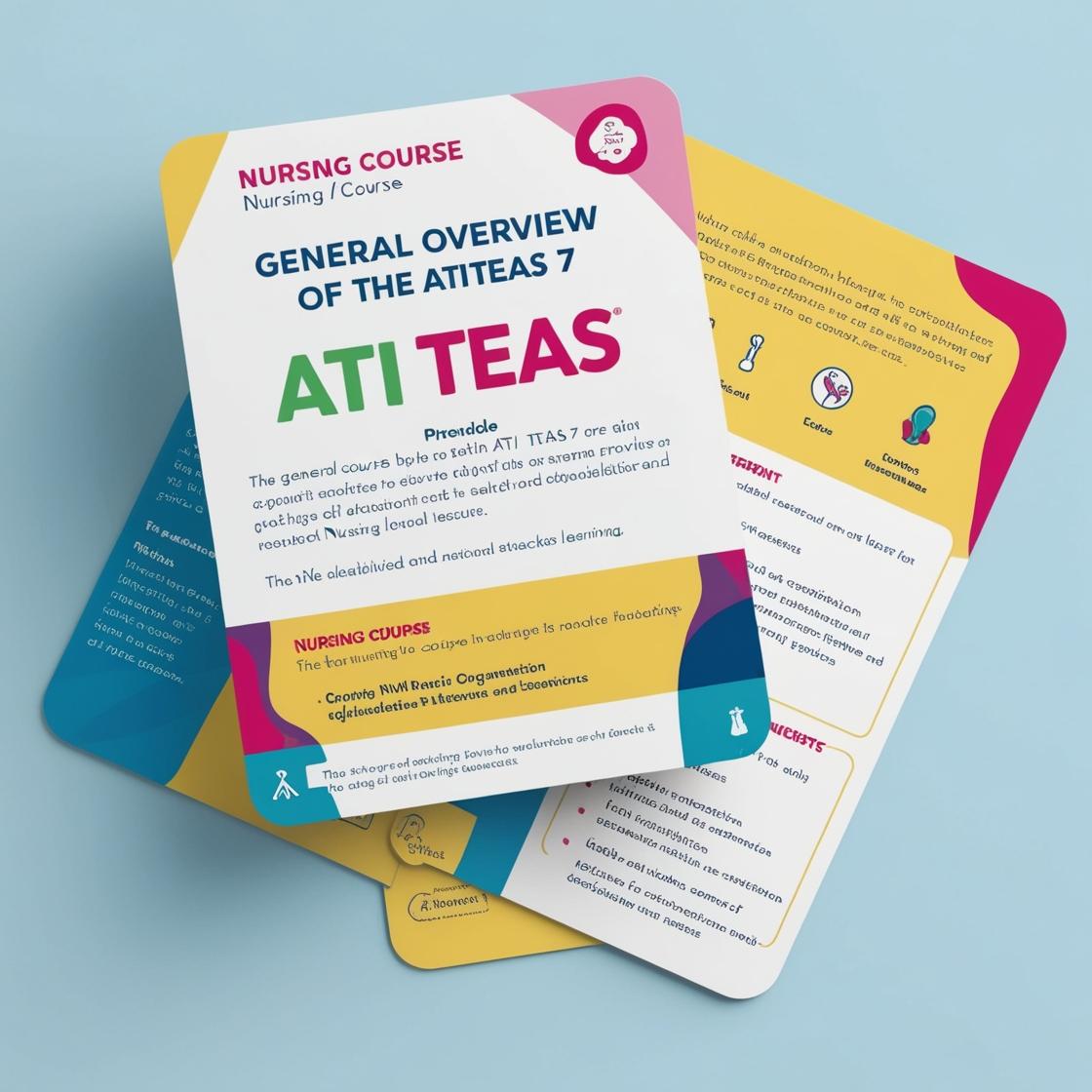ATI TEAS 7
TEAS Practice Test Math
1. A soccer field is rectangular in shape and is 100 meters long and 75 meters wide. The hectare is a metric unit of area often used to measure larger areas. Given that 1 hectare = 10,000 square meters, which of the following represents the soccer field’s area in hectares?
- A. 0.75 hectares
- B. 7.5 hectares
- C. 7,500 hectares
- D. 75,000,000 hectares
Correct answer: A
Rationale: To find the area of the soccer field, multiply its length by its width: 100 meters × 75 meters = 7500 square meters. To convert this to hectares, divide by 10,000 (since 1 hectare = 10,000 square meters), resulting in 0.75 hectares. Therefore, the correct answer is A. Choices B, C, and D are incorrect because they do not correctly convert the area to hectares. B and C are off by a factor of 10, while D is off by a factor of 10,000.
2. Based on their prescribing habits, a set of doctors was divided into three groups: 1/4 of the doctors were placed in Group X because they always prescribed medication. 1/3 of the doctors were placed in Group Y because they never prescribed medication. 1/6 of the doctors were placed in Group Z because they sometimes prescribed medication. Order the groups from largest to smallest, according to the number of doctors in each group.
- A. Group X, Group Y, Group Z
- B. Group Z, Group Y, Group X
- C. Group Z, Group X, Group Y
- D. Group Y, Group X, Group Z
Correct answer: D
Rationale: Compare and order the groups based on the fractions provided.
3. A circle has an area of 121π in². Which of the following is the circumference of the circle in terms of pi (π)?
- A. 11π in
- B. 22π in
- C. 44π in
- D. 5.5π in
Correct answer: B
Rationale: To find the circumference of the circle, we first need to determine the radius. Given that the area of the circle is 121π in², we use the formula for the area of a circle (A = πr²) to find the radius squared. So, r² = 121, which means the radius (r) is 11 in. The circumference of a circle is calculated using the formula 2πr. Substituting the radius value of 11 in, we get 2π(11) = 22π in. Therefore, the correct answer is 22π in. Choice A (11π in), Choice C (44π in), and Choice D (5.5π in) are incorrect because they do not correctly calculate the circumference based on the given area of the circle.
4. A consumer recently purchased a new car and paid $48,000. This amount is $2,000 less than twice what the consumer’s friend paid for their car. Which of the following is the amount that the friend paid for their car?
- A. $23,000
- B. $46,000
- C. $25,000
- D. $50,000
Correct answer: C
Rationale: To find the amount the friend paid, you can set up the equation 2x - 2000 = 48000, where x represents the amount the friend paid. Solving this equation gives x = $25,000. Therefore, the friend paid $25,000. Choice A ($23,000) is incorrect because it does not account for the $2,000 difference mentioned in the question. Choice B ($46,000) is incorrect because it is double the amount needed. Choice D ($50,000) is incorrect as it does not consider the $2,000 less mentioned in the question.
5. What is an equivalent fraction?
- A. A fraction that looks different but represents the same value
- B. A fraction that is smaller than another fraction
- C. A fraction that is larger than another fraction
- D. A fraction that has the same numerator as another fraction
Correct answer: A
Rationale: An equivalent fraction is a fraction that may look different in terms of its numerator and denominator but still represents the same value or quantity. This means that when you simplify or expand a fraction, its value remains unchanged. Choice B and C are incorrect because equivalent fractions are not determined by being smaller or larger than another fraction; it is about representing the same quantity. Choice D is incorrect because equivalent fractions may have different numerators as long as the ratio between the numerator and denominator remains the same.
Similar Questions

Access More Features
ATI TEAS Premium Plus
$150/ 90 days
- Actual ATI TEAS 7 Questions
- 3,000 questions with answers
- 90 days access
ATI TEAS Basic
$99/ 30 days
- 3,000 Questions with answers
- 30 days access
